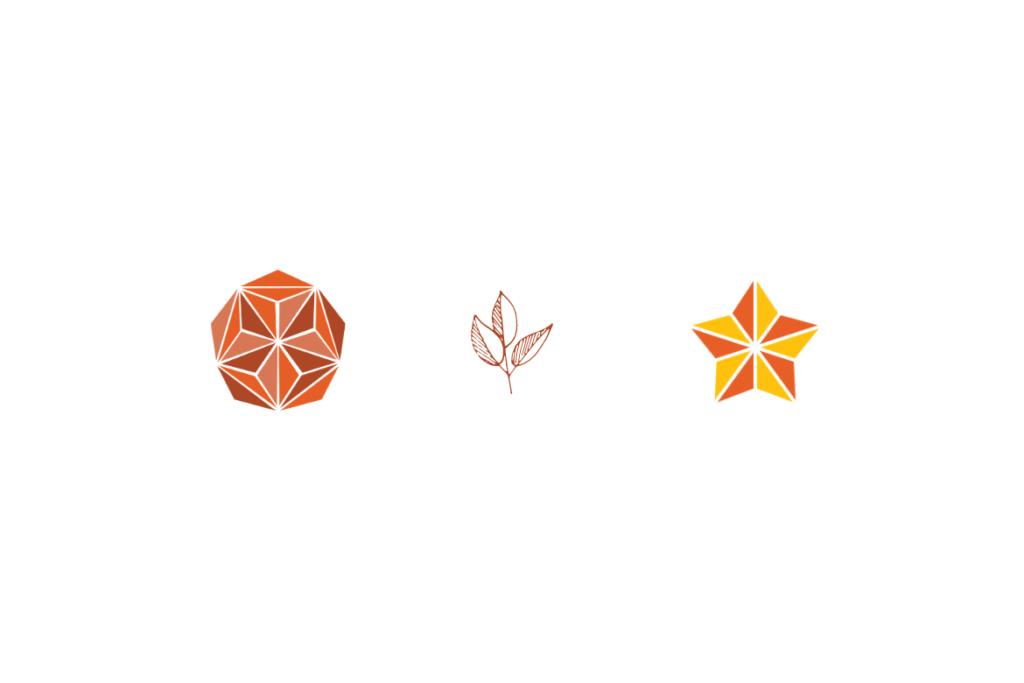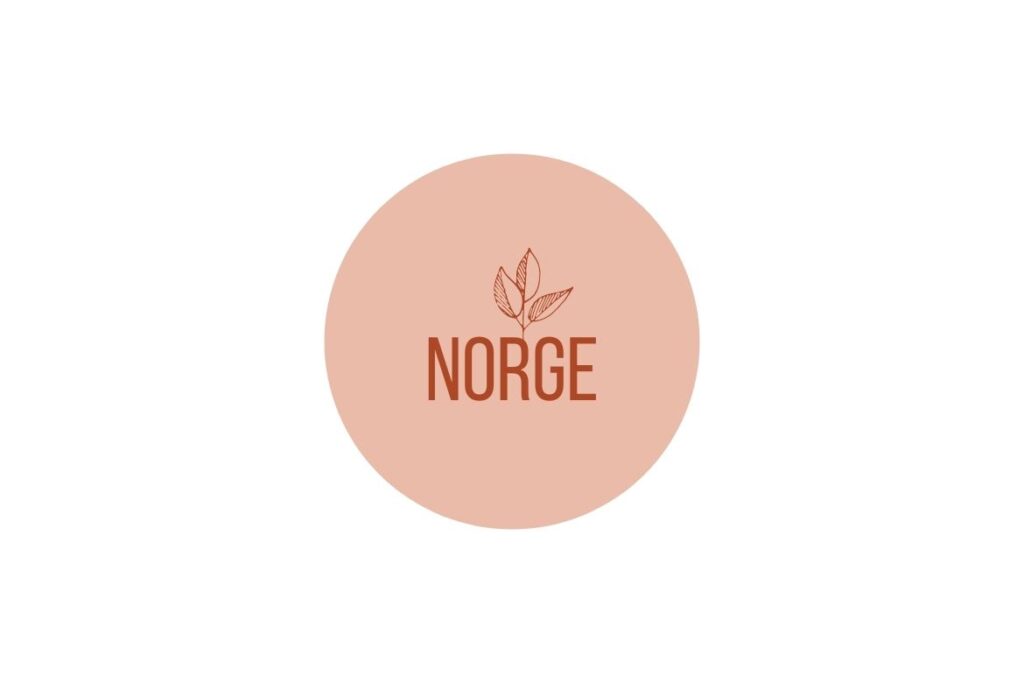Posts by Silje Margrethe Jørgensen
How KBT are working with user involvement for young people
KBT are working with userinvolvement for young people in several ways. Among other things, we have a resource group consisting of committed young people, participates on conferences and we are working on different projects with or about user involvement. Room for user involvement Both professionals and young people using health and welfare services often wish…
Les merMore resources on user involvement for children and young people
Norwegian Health about rights Norwegian Health about mental health and children Booklet for Adults about The Children`s and Young People`s Psychiatric Out-Patient Clinic (2008) Booklet for youth about The Children`s and Young People`s Psychiatric Out-Patient Clinic (2008) Booklet for children about The Children`s and Young People`s Psychiatric Out-Patient Clinic (2008) Children`s Research Centre`s resources The…
Les merLiterature on user involvement
For literature in norwegian, see our norwegian resource pages. Public documents about user involvement Musinguzi, M. S. W & Ellingsen, I. T. (2017). The Norwegian Ombudsman for Children on child participation: Perceptions, impacts and dilemmas. Journal of Comparative Social Work (2). Norwegian Ministry of Children and Equality. (2016). The Rights of the Child in Norway…
Les merOther working with user involvement for young people
Organizations, foundations and voluntary agencies The Change Factory – Presents knowledge and experiences from children and adolescents, through lectures, counseling and courses. Save the children – Working for children with children, especially vulnerable groups. Voksne for barn – Provides knowledge on experience and methodology for systems and individuals. Mental health youth – Working for increased…
Les merVenues and methods – user involvement for children and youth
Methods for user involvement of children and youth There are many ways to involve children and youth regarding to services, research and more. Following are a list over different ways this can be done: Equal cooperation – Participation in own plan and process as a service user. IP – Individuell plan [Individual plan] –…
Les merUser involvement for young people in practice
Text by Anne Plathe How does user involvement happen in practice? One of the models that has had a lot of influence on this topic was developed by Hart in 1992, and has the name “Ladder of children’s participation”. This model is reflected in Theoretical perspectives of youth participation- a literary review (Teoretiske perspektiver i…
Les merService user involvement – a human right
Text by Anne Plathe, 2017 There is increasing focus on the importance of the service user perspective in developing health services. Children and adolescents have previously had little involvement in this process, and been underestimated for the benefit of observing adults like parents or professionals. KBT thinks it’s important to raise these voices. We…
Les merHow KBT are working with Recovery
Text by Christina Kildal og Elisabeth Asphaug Rauboti. Translated by: Anne R. Benschop and Christina Kildal How KBT works with recovery KBT believes that good help is based on the service user’s needs and wishes, making it possible to work together in finding opportunities for personal development and ways to work with own challenges. We…
Les merRecovery Literature
Text by Christina Kildal og Elisabeth Asphaug Rauboti. Translated by: Anne R. Benschop and Christina Kildal Literature on Recovery For literature in norwegian, see our norwegian resource pages. Reports and publications Haukland, M., Langseth, B. & Hummelvoll, J. K. (2017). “Captain and guide on the same ship”. Report from workshop for recovery-knowledge (Sagatun-report nr. 1/2017).…
Les merRecovery in Norway
Text by Christina Kildal og Elisabeth Asphaug Rauboti. Translated by: Anne R. Benschop and Christina Kildal The regional peer-driven centers KBT together with the other regional peer driven centres started the project “Knutepunkt for Recovery [Recovery HUBs]” with funding from the Norwegian Health Directorate. The goal of the project was to study how the centres…
Les mer



